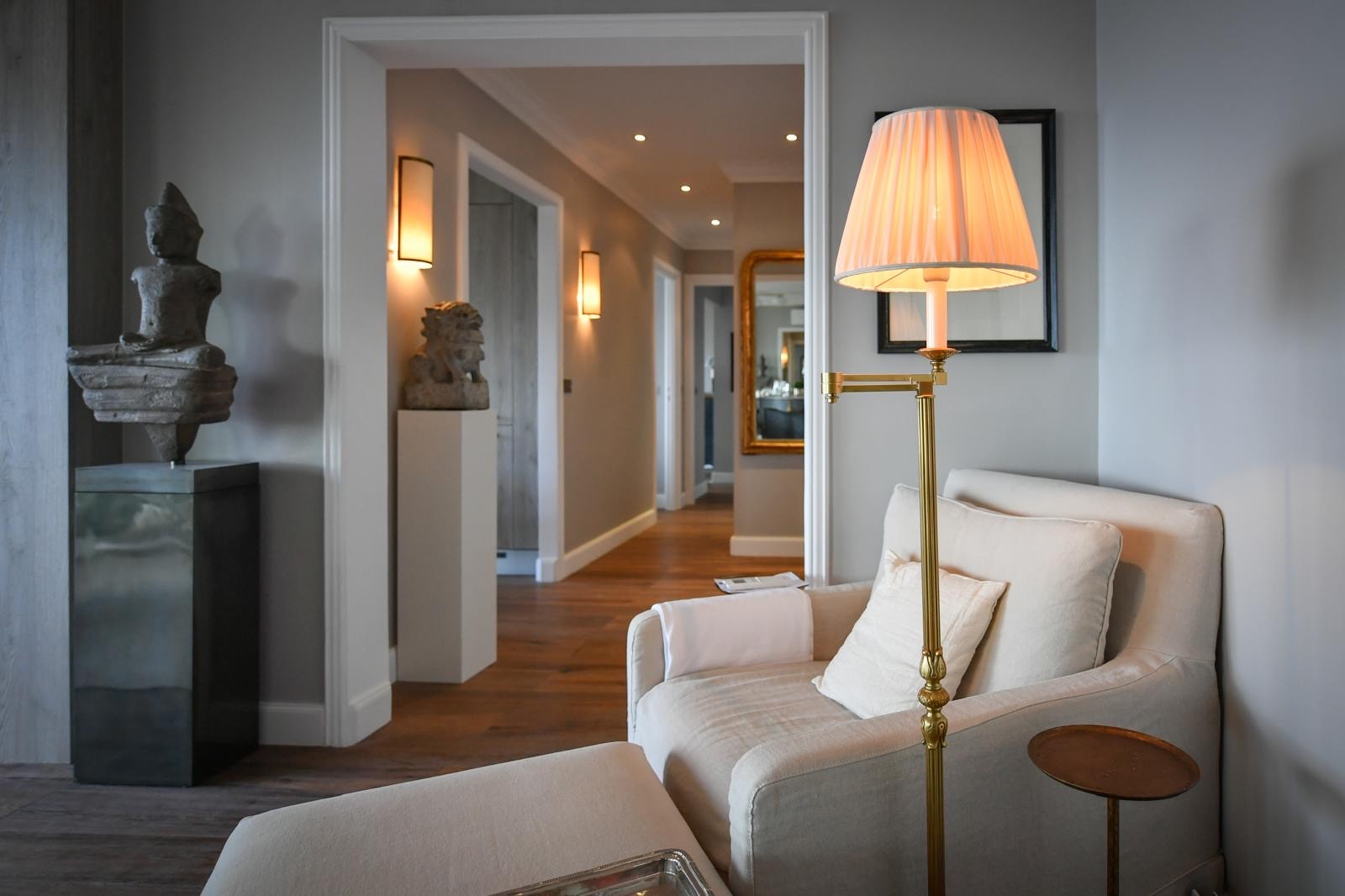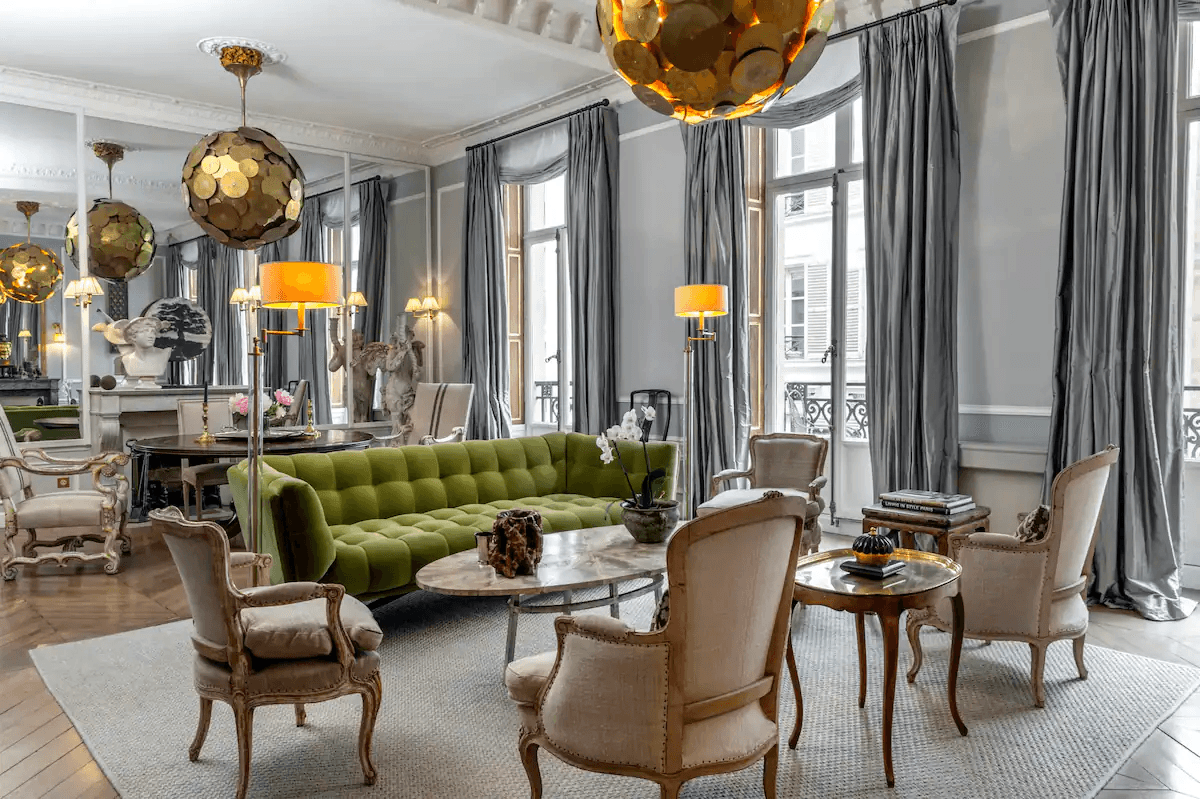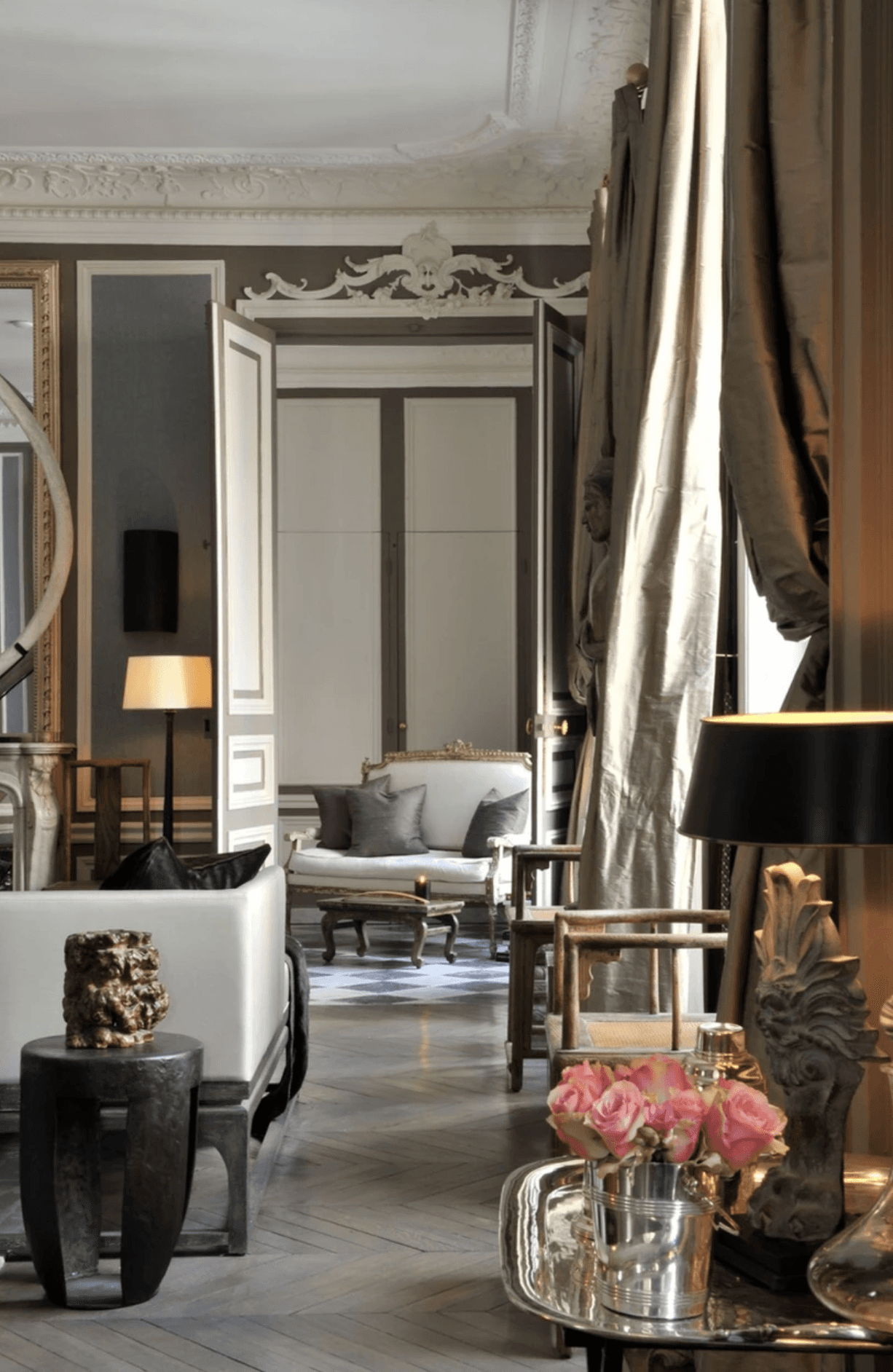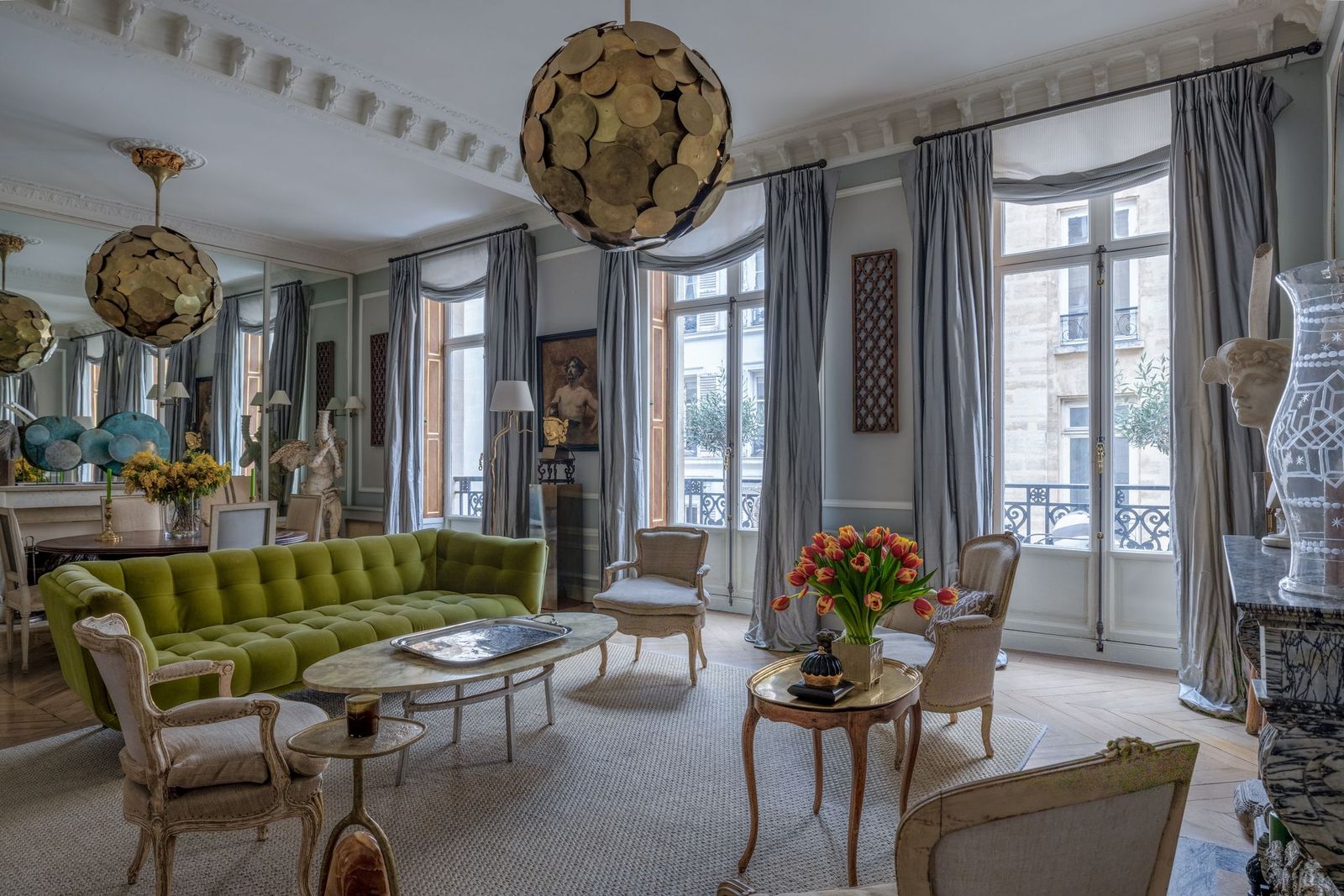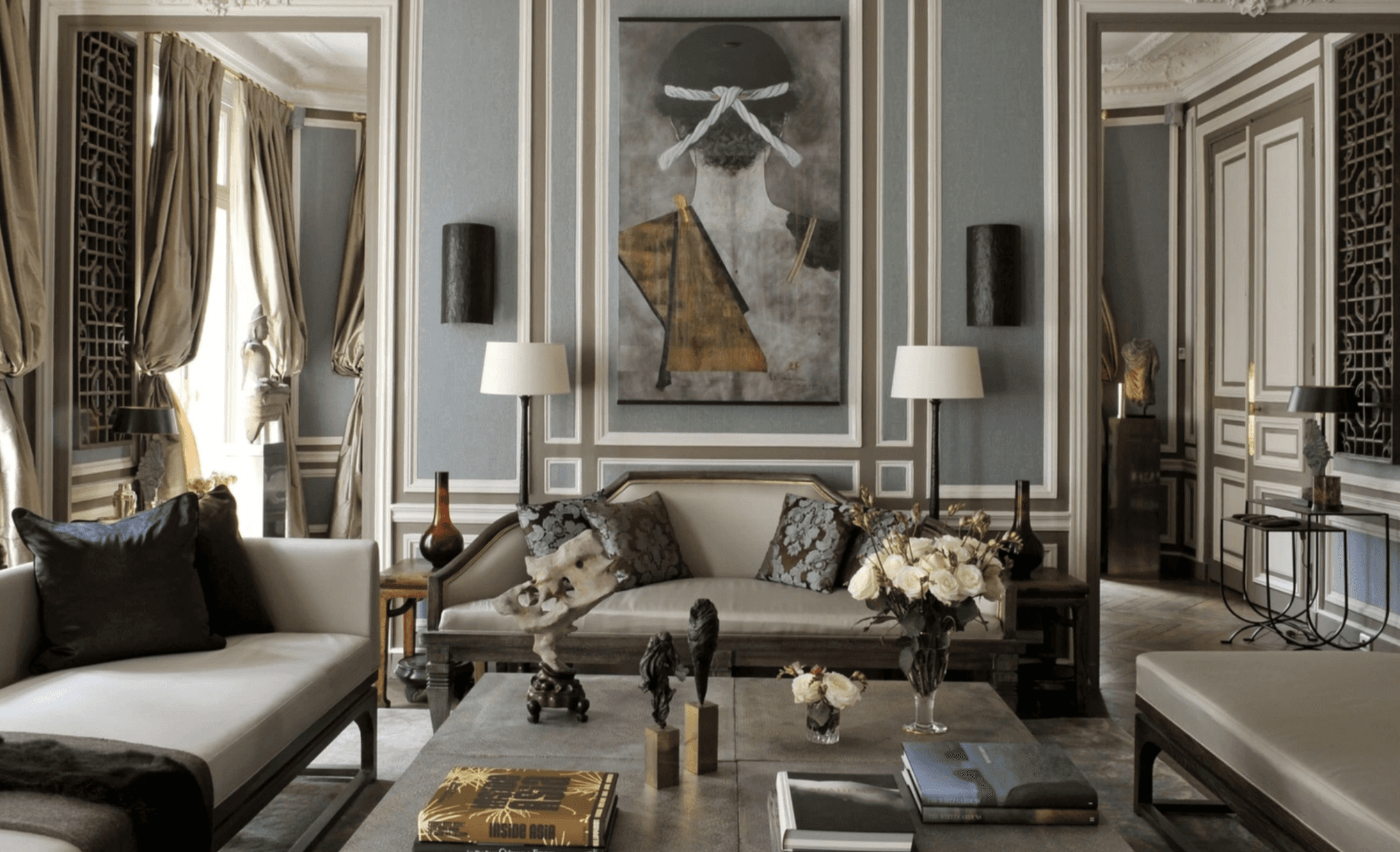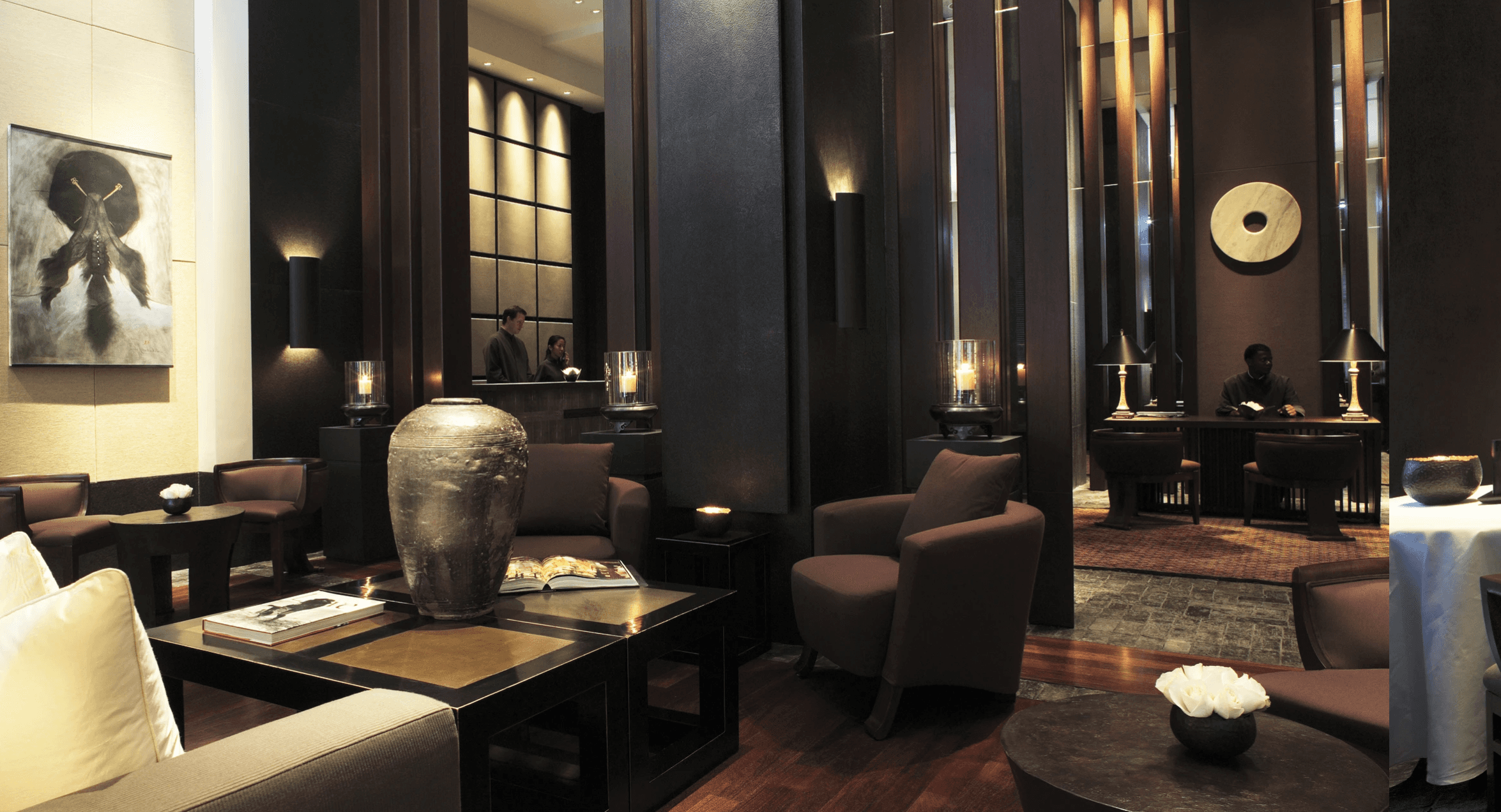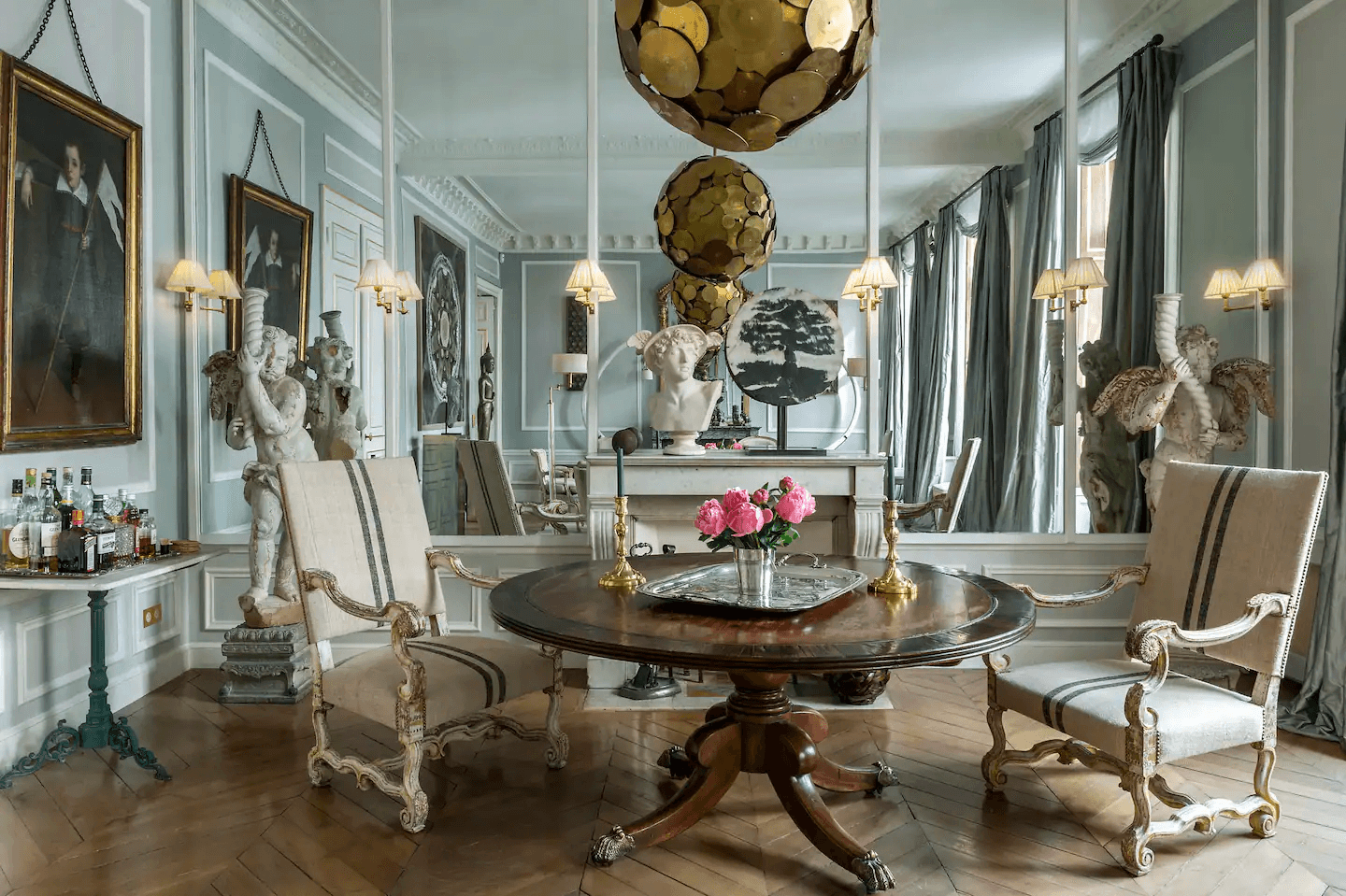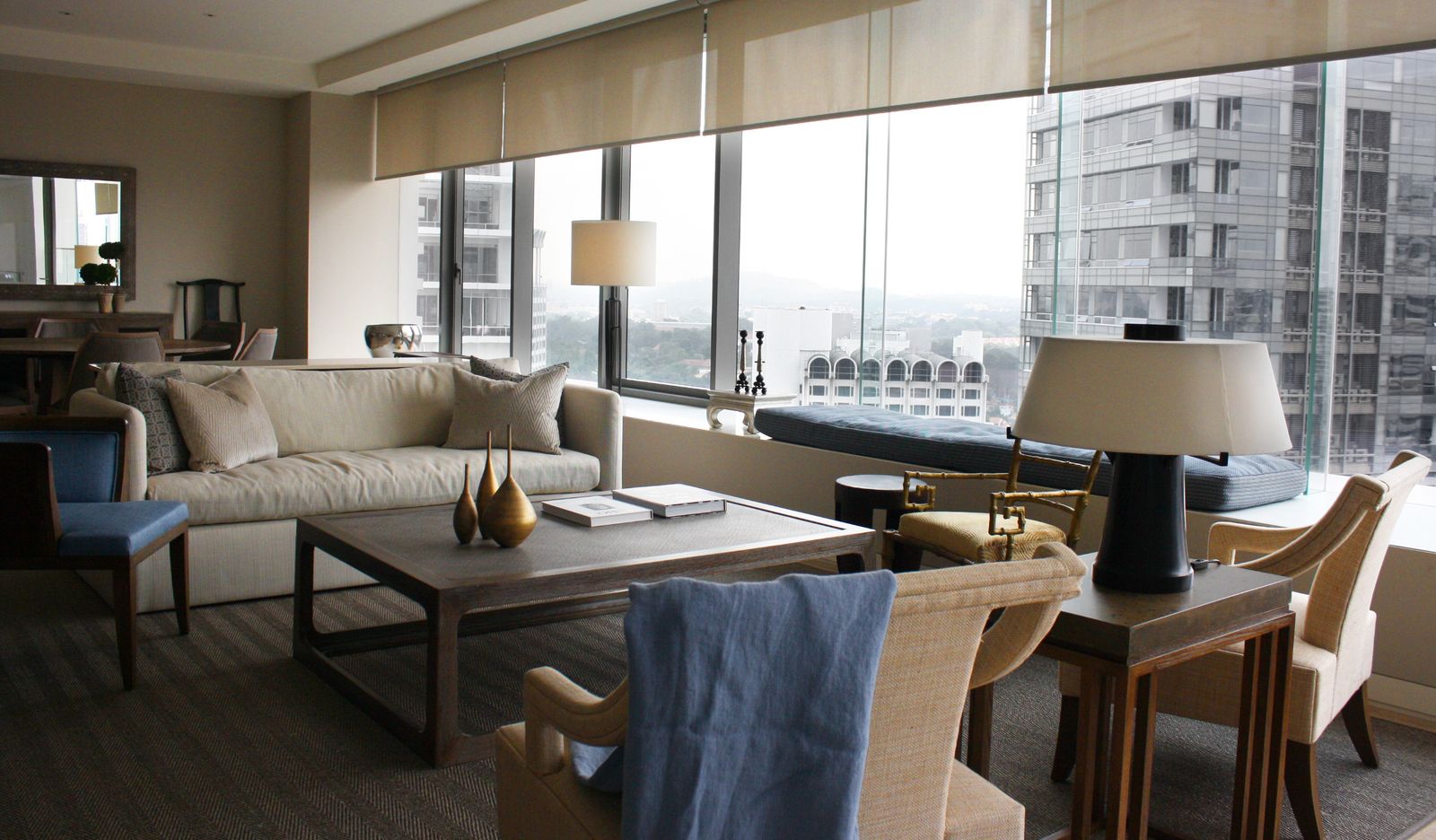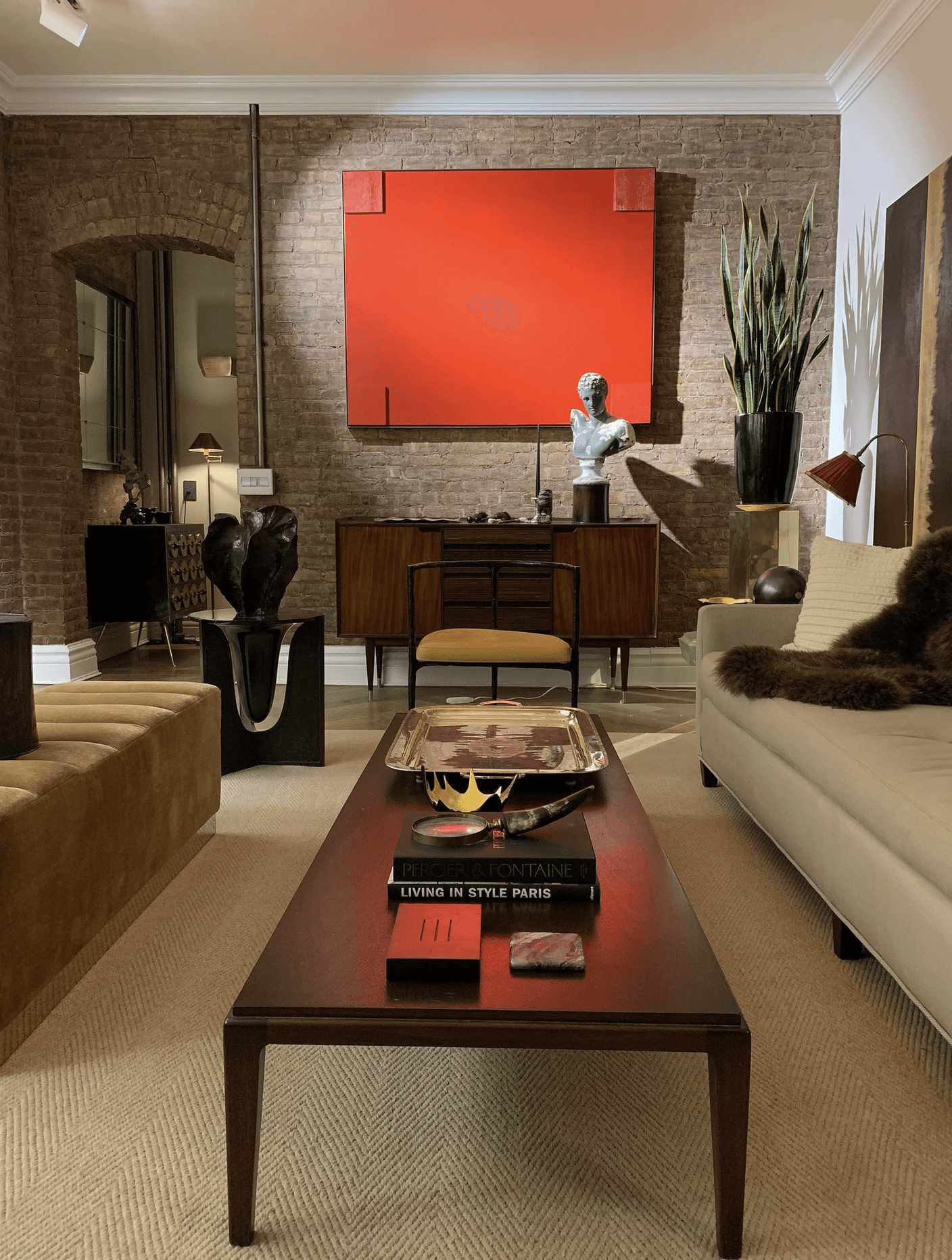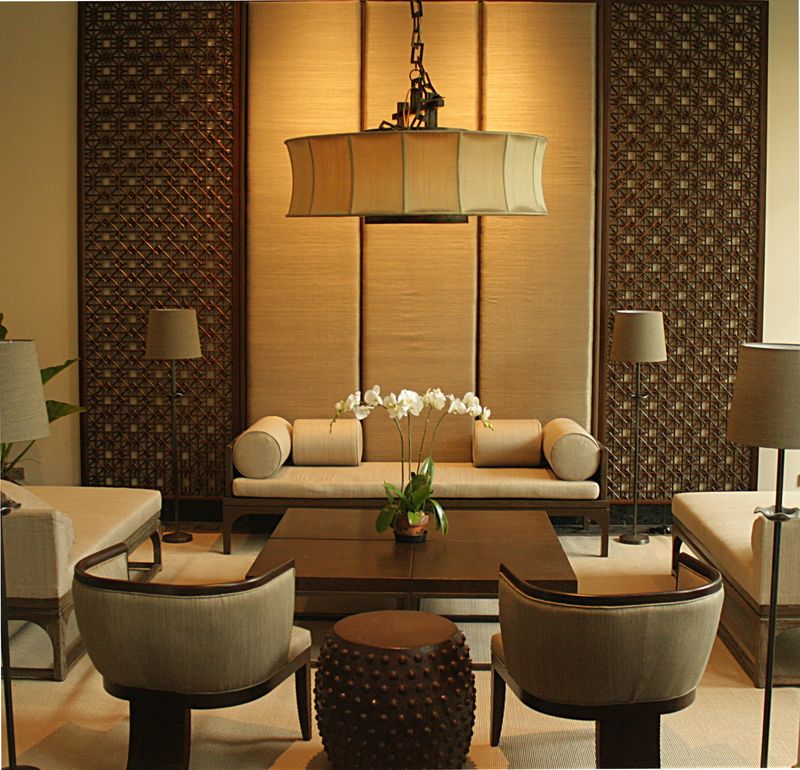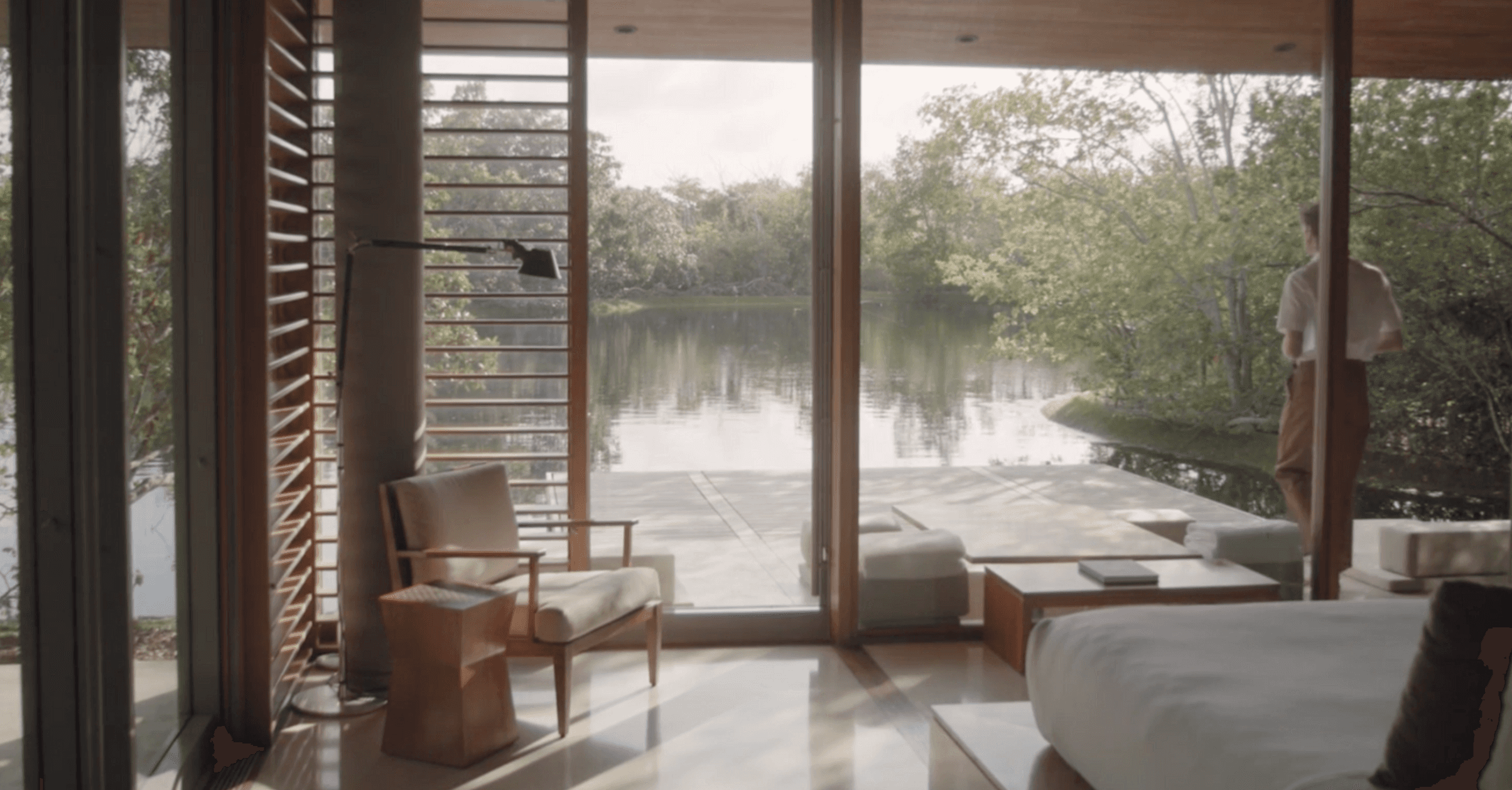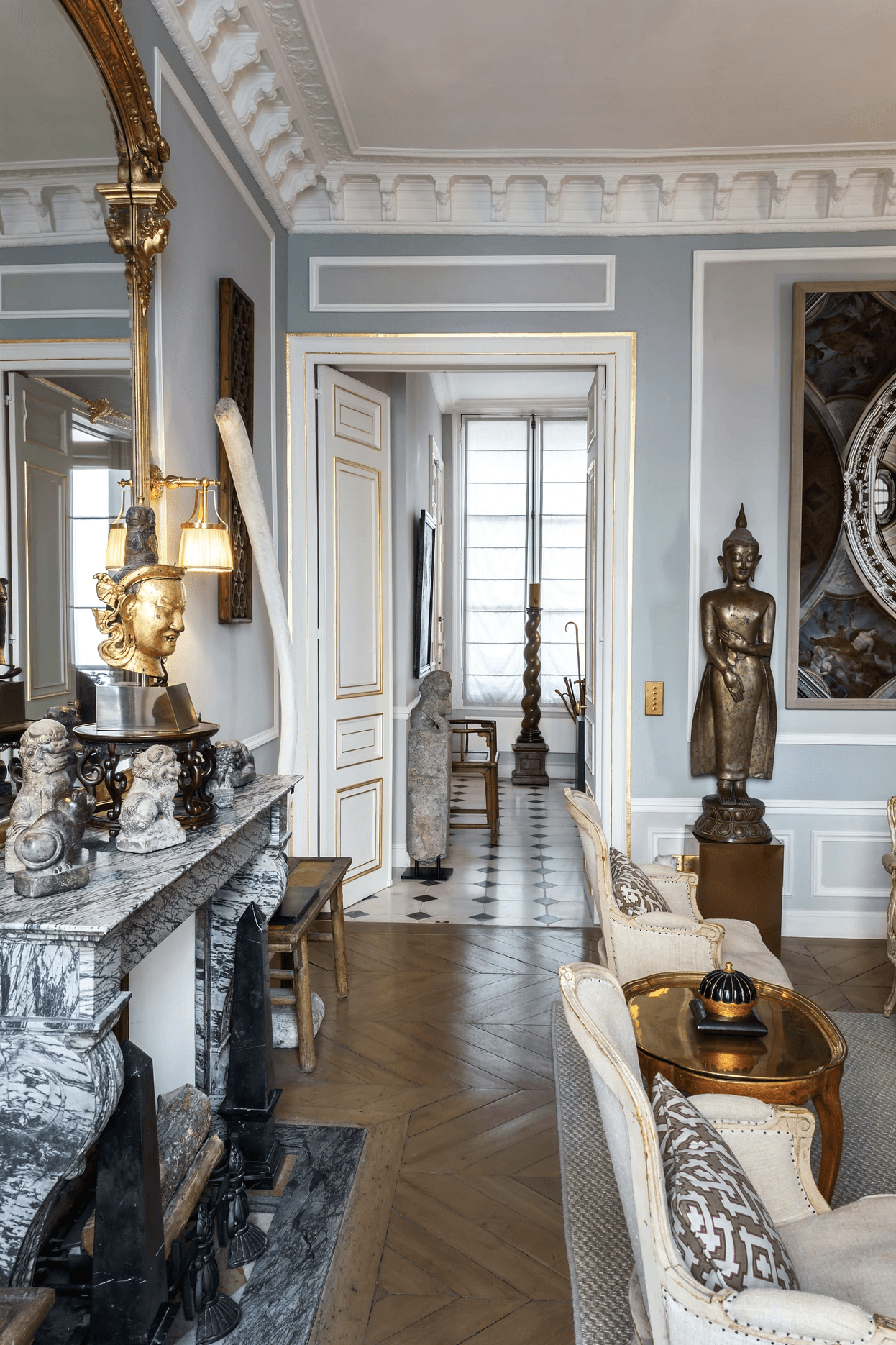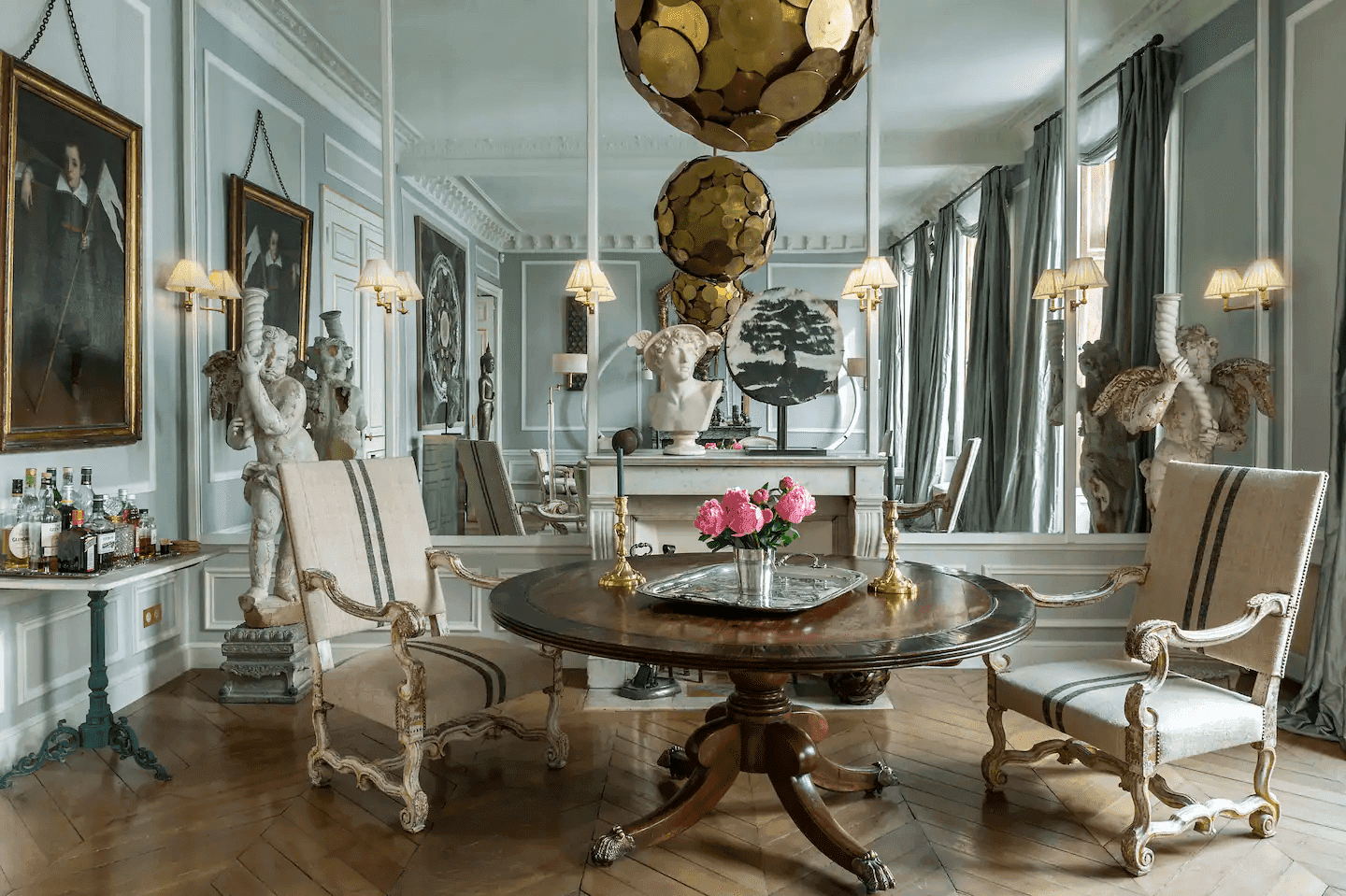Christopher Noto’s Style

Christopher Noto
Aug 15, 2024
Discover how Christopher Noto masterfully employs minimalism to design impactful, harmonious spaces. Learn the core principles of minimalism and practical tips for applying this approach to your home.
The Art of Minimalism: Crafting Elegance with Less
Introduction
Minimalism in interior design celebrates the beauty of simplicity, functionality, and understated elegance. Renowned interior designer Christopher Noto has perfected the art of minimalism, using a refined selection of elements to create spaces that are both impactful and harmonious. This blog post delves into the principles of minimalism, examines how Noto incorporates these principles into his designs, and offers practical tips for embracing a minimalist approach in your own home.
The Principles of Minimalism
Minimalism is defined by its focus on simplicity, functionality, and clarity. Here are the core principles:
Simplicity
At the heart of minimalist design is simplicity, which involves focusing on essential elements and eliminating excess:
Design Elements: Minimalist spaces feature clean lines, uncluttered surfaces, and a restrained color palette. Each element is meticulously chosen to enhance the overall aesthetic without introducing unnecessary complexity.
Decor: Minimalist decor emphasizes quality over quantity, highlighting a few carefully selected pieces that contribute to the space without overwhelming it.
Functionality
Functionality is a key aspect of minimalism, emphasizing practicality and usability:
Furniture: Minimalist furniture is designed to be both visually appealing and functional. Pieces often include multi-purpose features or integrated storage solutions to maximize efficiency and minimize clutter.
Layouts: Minimalist layouts prioritize open spaces and efficient use of space, creating a sense of calm and order within the home.
Clarity
Clarity in minimalist design involves creating an open, tranquil environment:
Light and Space: Minimalist spaces often incorporate large windows and natural light to enhance the feeling of openness. Neutral colors and reflective surfaces contribute to a sense of clarity and spaciousness.
Visual Balance: Minimalist design focuses on visual balance and harmony, with each element thoughtfully placed to contribute to the overall aesthetic and avoid visual clutter.
Christopher Noto’s Approach to Minimalism
Christopher Noto’s minimalist designs are characterized by their refined selection of elements and harmonious compositions.
Curated Design Elements
Noto expertly curates design elements to achieve a minimalist aesthetic:
Color Palette: Noto frequently uses a neutral color palette, including soft whites, grays, and beiges, to create a calming and cohesive backdrop. Accents and textures are carefully chosen to enhance this foundation.
Furniture Selection: Noto selects furniture with clean lines and simple forms. Each piece is chosen for its functionality and its ability to contribute to the overall design without adding visual clutter.
Emphasis on Quality
Quality and craftsmanship are central to Noto’s minimalist approach:
Materials: Noto employs high-quality materials such as natural wood, stone, and luxurious fabrics to enhance the minimalist aesthetic. The focus is on durability and timeless beauty.
Details: Every detail, from hardware to finishes, is meticulously considered. Noto ensures that each element contributes to the overall design, reflecting attention to detail and a commitment to excellence.
Creating Harmony
Noto achieves harmony and balance in minimalist spaces through thoughtful arrangement:
Spatial Layout: Noto designs open layouts and carefully planned arrangements to create a sense of flow and balance. Furniture and decor placement enhances both functionality and visual appeal.
Focal Points: Minimalist spaces often include focal points that draw attention and create visual interest. Noto may use a statement piece of art or a unique architectural feature as a focal point within the space.
Practical Tips for Embracing Minimalism
Adopting minimalism in your own home involves thoughtful planning and design. Here are some practical tips:
Declutter and Simplify
Start by decluttering and simplifying your space:
Decluttering: Remove items that are not essential or do not contribute to the overall design. Focus on keeping only those pieces that are functional or add aesthetic value.
Storage Solutions: Invest in storage solutions that help maintain organization and reduce clutter. Built-in storage, hidden compartments, and multi-purpose furniture can be effective.
Choose a Neutral Color Palette
A neutral color palette provides a versatile and calming foundation for minimalist design:
Color Choices: Opt for neutral tones like white, gray, beige, or taupe for walls, flooring, and major furniture pieces. These colors create a sense of openness and tranquility.
Accents: Use accent colors sparingly to add visual interest without overwhelming the space. Incorporate textures or patterns in neutral tones to add depth.
Focus on Quality over Quantity
Select high-quality pieces that offer both functionality and aesthetic appeal:
Furniture: Choose furniture with clean lines and simple forms. Look for pieces made from high-quality materials that provide durability and timeless appeal.
Decor: Invest in a few carefully chosen decor items that enhance the minimalist aesthetic. Focus on items that have significant visual impact and contribute to the overall design.
Embrace Open Spaces
Create a sense of openness and clarity with minimalist furnishings and layouts:
Layouts: Use open layouts to enhance the feeling of spaciousness. Avoid overcrowding the space with excessive furniture or decor.
Lighting: Incorporate natural light and use simple, unobtrusive lighting fixtures to enhance the sense of openness and clarity.
Examples of Minimalist Interiors
Here are examples of how minimalism can be successfully applied to interior design:
Elegant Minimalist Living Room
This living room exemplifies minimalist design through a curated selection of furniture and decor:
Design Elements: The room features a neutral color palette, a sleek sectional sofa, and a minimalist coffee table. A statement piece of art serves as a focal point against a simple backdrop.
Impact: The minimalist design creates a serene and sophisticated living space that emphasizes functionality and elegance.
Contemporary Minimalist Kitchen
This kitchen showcases minimalist principles with a focus on clean lines and functionality:
Design Elements: Streamlined cabinetry, a neutral color palette, and integrated appliances characterize the kitchen. High-quality materials and simple hardware enhance the minimalist aesthetic.
Impact: The design creates a clean and efficient cooking space that highlights the beauty of simplicity and functionality.
Serene Minimalist Bedroom
In this bedroom, minimalism is used to create a peaceful retreat:
Design Elements: The bedroom features a low-profile bed, a neutral color scheme, and simple, functional furniture. Textured bedding and a few carefully chosen accessories add depth without cluttering the space.
Impact: The minimalist design fosters a calming and harmonious environment that promotes relaxation and restfulness.
Conclusion
Minimalism in interior design highlights the beauty of simplicity, functionality, and clarity. Christopher Noto’s approach to minimalism demonstrates how fewer elements can create more impactful and harmonious spaces. By embracing minimalist principles and applying practical tips, you can craft a serene and elegant home that reflects the essence of minimalist design.

Design Insights: Tips, Trends, and Inspiration for Your Space
Search ressources

